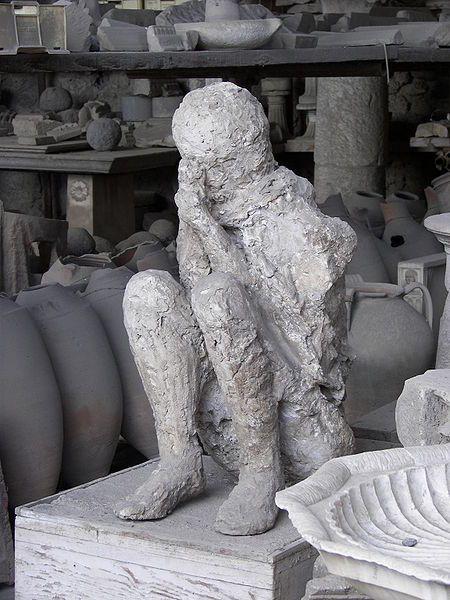 Explore the Story of People of Pompeii On Our Pompeii Tours
Explore the Story of People of Pompeii On Our Pompeii Tours
Pompeii is home to one of the most tragic stories in Italian history. Located in the shadow of Mount Vesuvius, a still-active volcano, the town was devastated back in 79 AD by an eruption that came from seemingly out of nowhere.
Vesuvius itself is thousands and thousands of years old and has erupted multiple times over its lifespan – scientists believe it has spilled out lava and ash more than 50 times in the past. But the most famous eruption happened in 79 AD when pyroclastic flows buried the ancient city of Pompeii underneath a thick layer of volcanic ash.
Scientists believe this to be the deadliest eruption because of the number of pyroclastic flows that swept over Pompeii, the surrounding towns, and the nearby coastline in the Bay of Naples. The combination of fast-moving ashes and gases hurtled down the volcano’s sides and headed straight for Pompeii. The volcanic ash that spurted out was like tiny shards of rock that the people of Pompeii breathed in and choked on.
What Happened to the People of Pompeii?
But despite the speed in which Vesuvius’ 79 AD eruption took over Pompeii, the townspeople did have some warning. Estimates show that the populations of Pompeii and neighbouring Herculaneum were around 18,000 before the volcanic eruption, but only 1,300 remains have been found across both towns – though there are thought to be many that have never and will never be discovered.
So it’s safe to say that at least a few thousand people escaped the disaster. There isn’t a known number, but it is thought the Roman government assisted many of those who did flee by providing them with food and shelter in the aftermath of the natural tragedy.
For those that didn’t make it out, there were numerous reasons for staying in the town. For some, their wealth was tied up in property in the city and they believed the expensive materials used to build their houses would protect them. Others didn’t believe the eruption would be that bad, while even more just didn’t have enough time to make an escape plan.
The eruption from Vesuvius also had a knock-on effect on the natural landscape surrounding the region. There was an accompanying earthquake and a tsunami, so those who had ventured to the Bay of Naples to escape found themselves trapped by a huge surge of water or the deadly gases that followed them down to the beach.
A number of people fled to the sewers of Pompeii, and it’s thought that those who did so remained fairly safe. However, those who didn’t escape with time to spare or those who refused to leave the city were thought to have died within a matter of hours because of the toxic gases and lethal pyroclastic flows that Vesuvius threw out.
To find out more information about our Pompeii Tours, please visit: https://www.pompeiitours.it/

